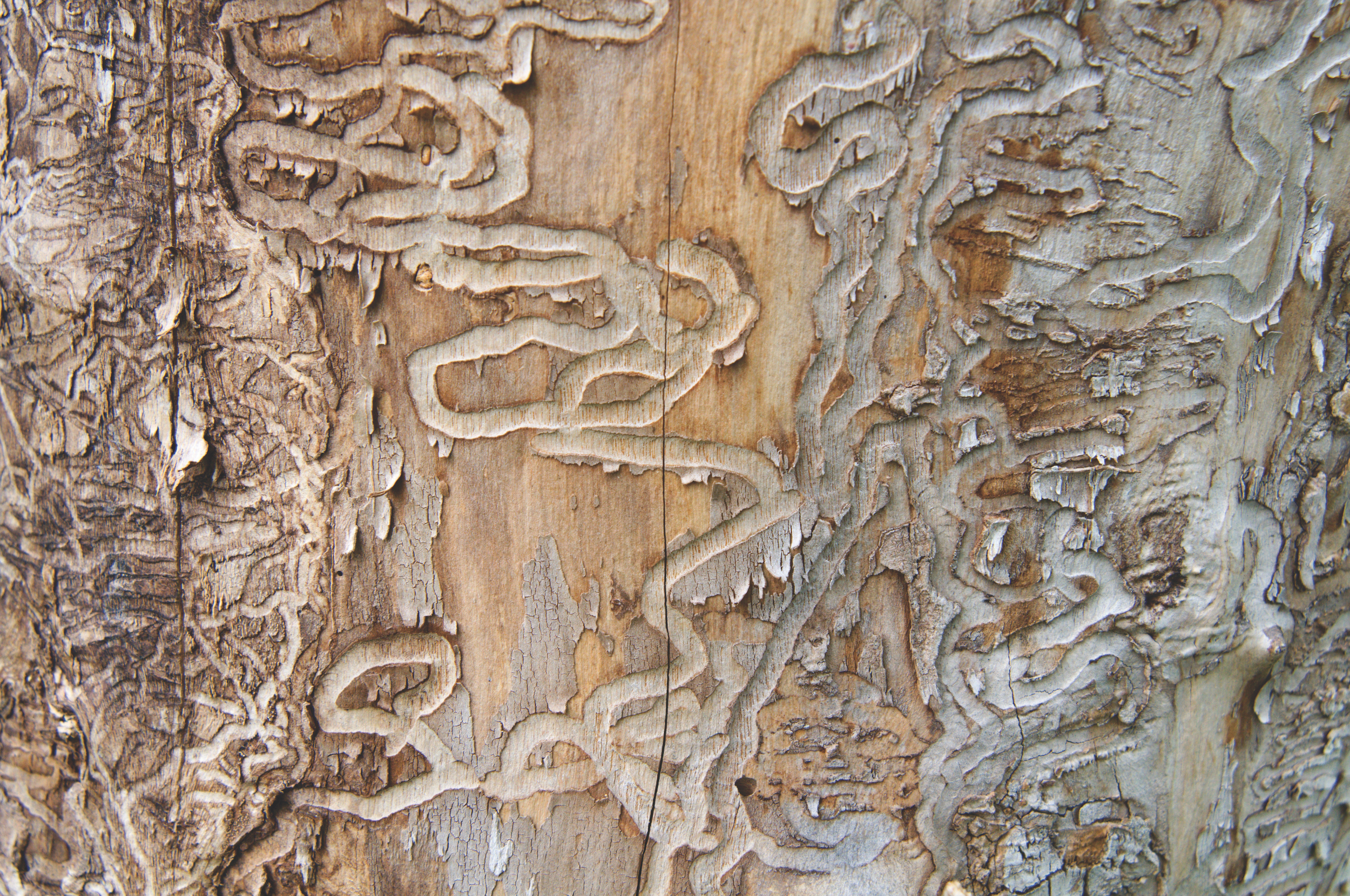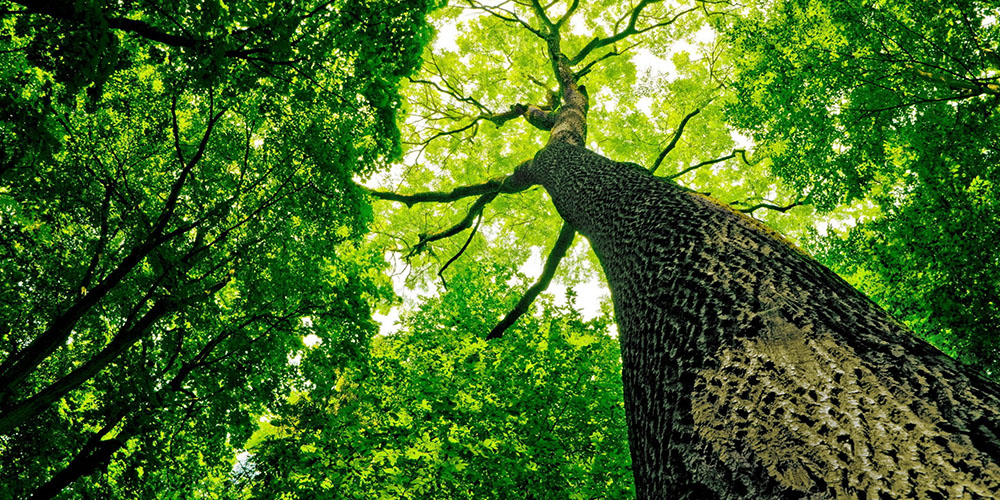Invasive Species
Throughout history, people have intentionally and unintentionally moved plant and animal species to new environments. Some of these species have proved beneficial, but others invade natural habitats, causing environmental and sometimes economic harm. Students research invasive species to determine how these species got to their new locations and what characteristics make their control so challenging.
Objectives
Students will
- Learn what invasive species are and why they sometimes cause problems.
- Research and create a presentation on an invasive species in their local area.
- Identify actions to help prevent the spread of invasive species.
For the complete activity and more like this, purchase the Explore Your Environment: K-8 Activity Guide at Shop.PLT.org and/or attend a professional development training in your state.
Explore Your Environment: K-8 Activity Guide is a supplementary curriculum that is multi-disciplinary, with an emphasis on science, reading, writing, mathematics, and social studies.
Each activity displays explicit connections to practices and concepts expected by the following national academic standards so teachers can easily see where the materials will fit into their lesson plans:
- Next Generation Science Standards (NGSS)
- Common Core Toolkit, includes
- English Language Arts (CCSS.ELA)
- Mathematics (CCSS.MATH)
- College, Career, and Civic Life Framework for Social Studies (C3)
Our professional development further demonstrates these connections, as well as to state and local standards, contact your state coordinator.
The Walking Fish
The Walking Fish Grades 6-8 ISBN-13: 978-0990782933 Tumblehome Learning, Inc., 2015 Recommended Reading Imagine you are in 7th Grade and plan to spend the summer with your parents at a cabin on the lake. Imagine you pack all your new fishing gear, a gift from Grandpa, only to find out the lake water is... Read more »
EE Resources
Story Maps: Why and How You Can Teach With Them
Story Maps are simple web apps that combine interactive maps, multimedia content, and user experiences to tell stories about the world. This introductory story maps workshop explains what story maps are, and why and how you can teach with them. Find and use existing Story Maps in your teaching and learn how to design and... Read more »
Conservation Careers: Video Series from New York
The video series On the Front Lines, created by the New York State Department of Environmental Conservation, profiles conservation professionals working in New York’s natural lands and environments. Select the playlist “On the Front Lines” to choose from 25 videos highlighting a variety of green careers including Wildlife Biologist, Forest Health Specialist, and Environmental Educator.
Tree Rings Simulation
The science of tree rings is called dendrochronology. Tree rings help scientists learn about past climates by decoding tree ring patterns. Climate scientists use clues from ice cores, layered sediment deposits in lakes and seas, the structure of coral reefs, as well as tree ring sequences to learn about paleoclimates. The use of tree ring records... Read more »
Invasive Species: Starlings
In this Encyclopedia of Life podcast called Starlings, most appropriate for grades 8-12, students will learn how humans have inadvertently put out the welcome mat for this alien species, the common starling. It’s a non-native species that is omnivorous, gregarious, adaptable, and highly successful in its adopted land. This podcast is just one in a series... Read more »
Ask a Biologist
Digitally bring a professional into your classroom with Arizona State University’s Ask a Biologist. Students can use the Ask a Biologist’s web resources to learn about and research many different environmental issues. Multiple activities, stories, images, and links are also available for educators to use and build lessons around.
What Is an Invasive Species?
This U.S. Fish and Wildlife Service website provides information and resources on invasive species.
USFS Water
Information from the U.S. Forest Service on water, including a water cycle poster and water facts.
Use of Giant African Land Snails in Classrooms
An important message from the US Department of Agriculture, Animal and Plant Health Inspection Service & the Virginia Department of Agriculture & Consumer Services to teachers and educators about the risk involved in using Giant African Land Snails (GALS) in science lessons. The GALS is a great example of how invasive species become introduced to new... Read more »
Nab the Aquatic Invader
Nab the Aquatic Invader teaches students in grades 4-10 about aquatic invaders and the problems they create in the Atlantic, Pacific, Gulf, and Great Lakes regions. Produced by NOAA and the Sea Grant Program, the website features games and activities in which student detectives must “nab” critters in each locale that are damaging the environment. The... Read more »
iNaturalist
iNaturalist is a species identification app that allows users to record their observations of living things by way of taking photos and appending GPS coordinates to their discoveries. Each user has their own profile and can follow others to keep a tab of what others are posting, or share what they have photographed. The app... Read more »
Asian Longhorned Beetle Hunt
Students in grades K-12 can participate in the USDA’s Asian Longhorned Beetle Hunt and help preserve our nation’s forests. The Asian longhorned beetle, an invasive pest, destroys trees and has been found in several states across the country. Classroom resources, including videos and identification worksheets, are available to help teach what the beetle looks like,... Read more »
The Hopeful Story of American Chestnut Recovery
This video blog post from Go Wood presents a clear summary of what happened to the American Chestnut (Castanea dentata), what is being done in the scientific realm to make a recovery of the species possible, and how you can help bring the American Chestnut back to the American forest. Go Wood seeks to educate people... Read more »
Global Invasive Species Database
The Invasive Species Specialist Group (ISSG) aims to reduce threats to natural ecosystems and the native species they contain by increasing awareness of invasive alien species and of ways to prevent, control, or eradicate them. The ISSG facilitates the exchange of invasive species information across the globe and ensures the linkage between knowledge, practice, and... Read more »
Plant Heroes
The Sentinel Plant Network helps protect plants by preventing the spread of bad bugs and fungi. To help their mission, they assembled a team of “Plant Heroes” to detect and combat bugs and diseases that harm plants and ecosystem health, paying special attention to the Emerald Ash Borer, Asian Longhorned Beetle, Redbay Ambrosia Beetle, and... Read more »
Asian Longhorned Beetle and its Host Trees
Learn about the Asian Longhorned Beetle (ALB) through this digital publication. Produced by the USDA Forest Service and the University of Vermont, it’s a good resource for citizen science and service-learning projects monitoring for ALB.
Invasive Species 3-D Paper Models
The Regional Municipality of York has downloadable Emerald Ash Borer and Asian Longhorned Beetle 3-D paper models for teachers, adults, and children. These eye-catching 3-D models are perfect for incorporating into teacher lesson plans. To avoid any potential misconceptions, be sure to find and share the part of the template that depicts the actual adult... Read more »
Invasive Paper Project
The Invasive Paper Project travels throughout Detroit to offer papermaking demos and workshops with invasive plants (like Phragmites, Honeysuckle, Garlic Mustard) that have been removed from city parks, lots, and green spaces in many different communities. This project creates community awareness about invasive plant species and their effects on local ecosystems, while also providing an... Read more »
Login to download supporting materials such as appendices and teaching tips.
Login
 Get this Guide
Get this Guide
 Find Training
Find Training


